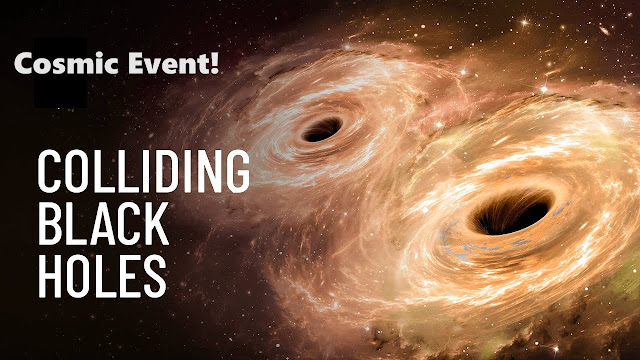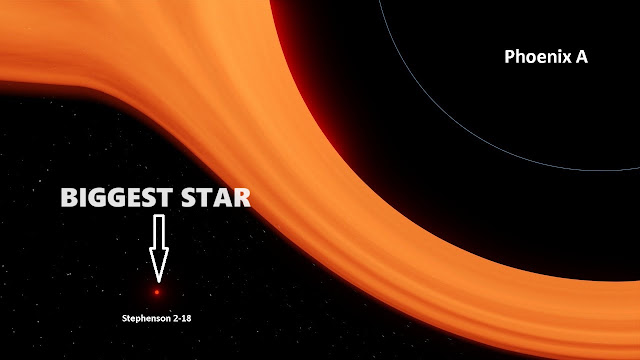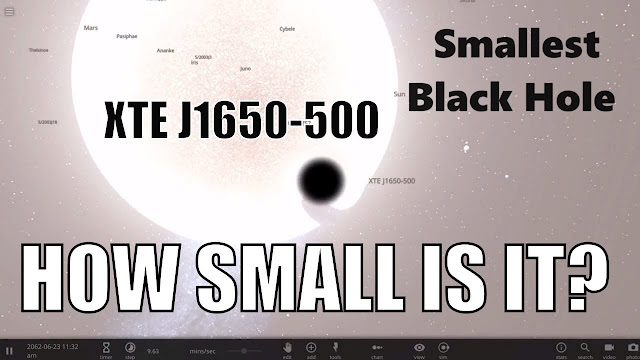Journey Through the Unknown: A 360° NASA Black Hole Simulation
NASA has taken us on countless voyages into the cosmos, but their latest project offers a mind-blowing opportunity to experience the universe’s most mysterious phenomenon: black holes. Through a 360° simulation, NASA invites us to journey into the gravitational abyss and explore what it might feel like to approach the event horizon of a black hole.
Let’s dive into the details of this incredible simulation and what makes it a groundbreaking achievement in astrophysics and visualization.
What Is the 360° Black Hole Simulation?
This NASA project combines cutting-edge science with immersive technology to recreate what it might look like to approach a stellar-mass black hole or even a supermassive black hole like Sagittarius A*, the monster at the center of the Milky Way.
Key features include:
Event Horizon View
The simulation depicts the edge of the black hole’s event horizon, where light and matter spiral into oblivion.
Gravitational Lens Effects
You’ll witness the dramatic warping of light around the black hole, showcasing the extreme bending of spacetime.
Accretion Disk Illumination
The glowing matter orbiting the black hole is vividly rendered, highlighting the intense heat and radiation emitted by infalling material.
How Was the Simulation Created?
NASA’s visualization team collaborated with top astrophysicists, using data from real telescopes and simulations based on Einstein’s general relativity.
Relativistic Calculations
The simulation employs equations from relativity to accurately depict how light behaves near a black hole.
Telescope Observations
Data from observatories like the Event Horizon Telescope (EHT) and NASA’s Chandra X-ray Observatory informed the visuals.
Supercomputer Simulations
Advanced simulations modeled the accretion disk’s dynamics, including its spin and interaction with magnetic fields.
What Can You Experience in the Simulation?
Entering the Accretion Disk
Glide through the swirling accretion disk of gas and dust, experiencing the immense radiation and gravitational forces up close.
Gravitational Lensing
As you move closer to the black hole, light from distant stars bends and distorts, creating breathtaking effects like Einstein rings.
Crossing the Event Horizon
Although this part is speculative (since no one can return to describe it), the simulation offers a visually stunning representation of crossing the point of no return.
Relativistic Time Dilation
Witness how time slows down relative to observers farther away, a phenomenon predicted by Einstein’s theories.
Why Is This Simulation Important?
1. Understanding Extreme Physics
The simulation helps scientists and the public visualize concepts like:
Gravitational lensing: How light bends around massive objects.
Time dilation: How time slows in strong gravitational fields.
Accretion dynamics: The behavior of matter spiraling into a black hole.
2. Public Engagement
By making black holes accessible through immersive experiences, NASA inspires curiosity and fosters a deeper understanding of astrophysics.
3. Educational Impact
The 360° simulation is a powerful teaching tool, helping students and enthusiasts grasp complex concepts through visualization.
How to Experience It
The 360° black hole simulation is available on platforms like YouTube VR, where viewers can explore the experience on smartphones, VR headsets, or computers. The interactive nature allows you to:
Look around in any direction.
Pause to focus on specific phenomena.
Gain insights from accompanying annotations and expert commentary.
What’s Next in Black Hole Visualization?
Real-Time Black Hole Modeling
NASA plans to integrate live data from observatories to create simulations that evolve over time.
Wormhole Simulations
Theoretical visualizations of wormholes, the hypothetical tunnels connecting different parts of spacetime.
Multi-Wavelength Views
Future simulations might combine X-ray, radio, and visible-light data for a richer experience.
Conclusion: A Window Into the Cosmos
NASA’s 360° black hole simulation offers a unique and awe-inspiring journey into one of the universe’s greatest mysteries. Whether you're a casual stargazer or a seasoned astrophysicist, this immersive experience brings you closer to understanding the profound effects of gravity, spacetime, and the enigmatic nature of black holes.
Step into the unknown, and let this simulation transport you to the very edge of our understanding of the cosmos.
Hashtags
#NASA360 #BlackHoleSimulation #EventHorizon #Astrophysics #GravitationalLensing #VirtualReality #CosmicMysteries #SpaceExploration
Keywords
NASA black hole simulation, 360° virtual reality, black hole event horizon, gravitational lensing visualization, accretion disk dynamics, time dilation near black holes, immersive space experience, astrophysics education tools.
.jpg)









.jpg)


